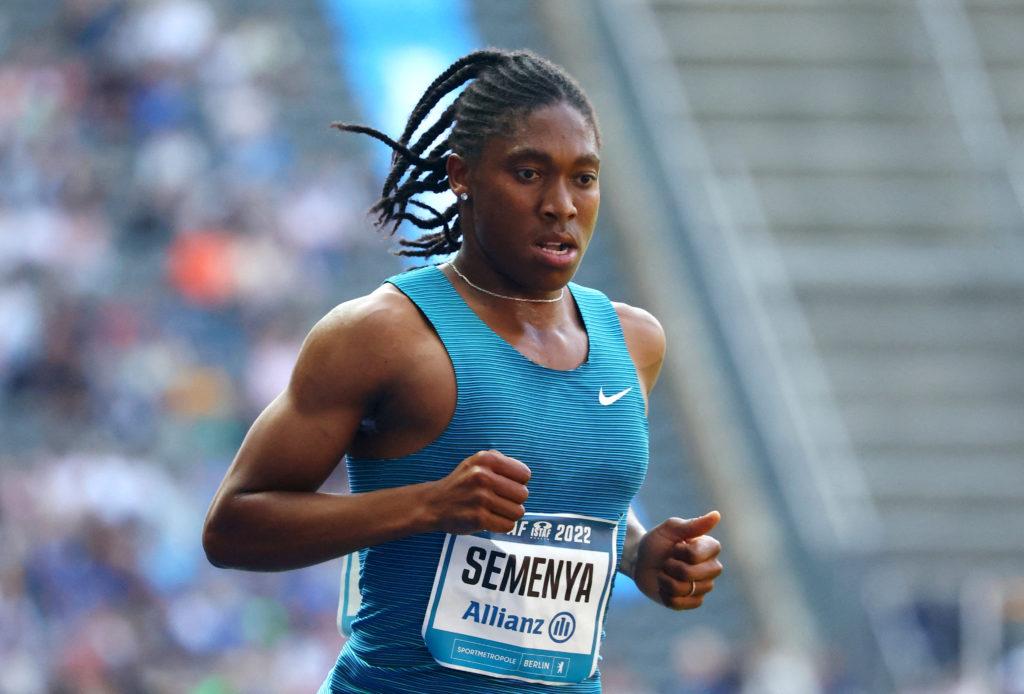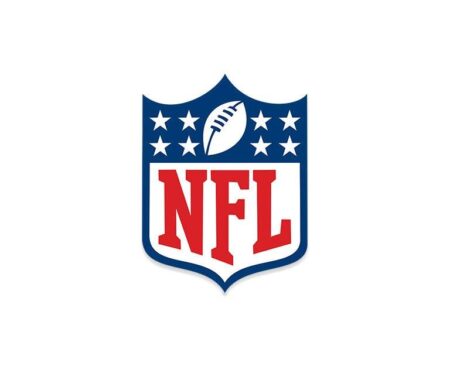In recent months, Maine has become a focal point in the national debate over the participation of transgender athletes in school sports. The state’s policies, which allow transgender students to compete in accordance with their gender identity, have sparked intense discussion and division among lawmakers, educators, and families. This article examines the controversy from a critical perspective, arguing that Maine’s approach to transgender athlete participation is misguided and overlooks key concerns related to fairness and competitive equity in youth sports.
Maine’s Policy Undermines Fair Competition in Women’s Sports
Maine’s recent policy allowing transgender athletes unrestricted access to girls’ and women’s sports divisions raises significant concerns about preserving fair competition. Critics argue that biological differences, particularly in muscle mass, bone density, and hormone levels, can create an uneven playing field that disadvantages cisgender female athletes. By ignoring these distinctions, the policy potentially undermines the efforts and achievements of women who have trained rigorously to compete within a balanced environment.
Key issues include:
- Equity in athletic opportunities for cisgender females
- Potential setbacks in women’s sports records and achievements
- Long-term impact on young female athletes’ motivation and participation
| Category | Impact | Concern |
|---|---|---|
| Muscle Mass | Retention post-transition | Competitive advantage |
| Bone Density | Higher in biological males | Potential safety risks |
| Hormone Therapy | Varied effects over time | Uncertain leveling factor |
The Science Behind Biological Differences and Athletic Performance
Scientific research has consistently shown that biological differences, particularly those determined by sex hormones and genetics, impact athletic performance in measurable ways. Testosterone, for instance, plays a critical role in muscle mass, bone density, and overall aerobic capacity. Male-bodied athletes, on average, have a physiological advantage in terms of strength and endurance due to lifelong exposure to higher testosterone levels. This is not a matter of bias but biological fact supported by numerous peer-reviewed studies. Ignoring these data points when crafting policies on transgender athletes risks oversimplifying complex physiological realities that influence competitive fairness.
Key physiological factors influencing athletic performance include:
- Muscle fiber composition and density
- Hemoglobin levels and oxygen-carrying capacity
- Bone structure and leverage
- Endocrine system variations, especially testosterone levels
These factors combine to create performance gaps that are difficult to bridge through hormone therapy alone. To illustrate, the table below summarizes average differences observed in elite athletes:
| Aspect | Male Athletes (average) |
Female Athletes (average) |
|---|---|---|
| Muscle Mass (%) | 45% | 30% |
| Hemoglobin (g/dL) | 15.5 | 13.5 |
| VOâ‚‚ Max (ml/kg/min) | 60 | 45 |
| Broad Jump (feet) | 9.3 | 7.5 |
Voices from Coaches and Athletes Opposing Current Regulations
Voices from both coaches and athletes have surfaced, challenging the current regulations in Maine concerning transgender participation in sports. Several coaches emphasize that these policies undermine the principles of fair competition and compromise the safety and integrity of women’s sports. A veteran coach from a prominent high school expressed concern that “the current rules disregard biological differences that are critical to maintaining a level playing field,” urging lawmakers to reconsider. Meanwhile, female athletes have shared personal stories of frustration and disappointment, feeling sidelined despite years of hard work and dedication. They argue that the regulations inadvertently diminish opportunities and recognition for cisgender women athletes.
Key concerns raised include:
- Competitive imbalance affecting opportunities for cisgender athletes
- Potential physical safety risks during contact sports
- Lack of transparency and input from athletic communities during policy formation
- Negative impact on team cohesion and morale
| Speaker | Role | Primary Concern |
|---|---|---|
| James Connors | High School Coach | Fairness in competition |
| Emily Rivera | Track & Field Athlete | Equitable opportunities |
| Tina Marshall | Sports Safety Advocate | Player safety |
Recommendations for Creating Inclusive and Equitable Sports Policies
Crafting sports policies that respect the dignity and rights of all athletes demands a commitment to fairness and inclusivity. Effective policies should be grounded in scientific research and expert guidance, avoiding assumptions or fears that disproportionately impact transgender competitors. Key principles include:
- Ensuring participation aligns with an athlete’s gender identity
- Providing clear, transparent eligibility criteria based on current medical and sports science
- Creating safe spaces that affirm diversity and prevent discrimination
- Encouraging stakeholder engagement, including voices of transgender athletes themselves
Moreover, incorporating periodic reviews of policies helps address evolving knowledge and societal perspectives. Below is a summary of fundamental components that equitable sports policies should embody:
| Component | Role | Outcome |
|---|---|---|
| Scientific Validity | Establish evidence-based guidelines | Fair competition |
| Transparency | Provide clear rules and processes | Trust and compliance |
| Inclusivity | Respect all gender identities | Equal opportunity |
| Stakeholder Input | Engage communities and experts | Balanced policies |
| Regular Updates | Adapt to new research and social changes | Policy relevance |
Insights and Conclusions
As the debate over transgender athletes continues to unfold across the nation, Maine’s approach represents a contentious chapter in the broader conversation about fairness, inclusion, and the future of competitive sports. While proponents emphasize the importance of protecting traditional definitions of athletic competition, critics argue that such policies risk marginalizing an already vulnerable group. Ultimately, the resolution of this issue will require careful consideration of both scientific evidence and human rights, ensuring that policies serve not only the integrity of sports but also the dignity of all athletes involved.





